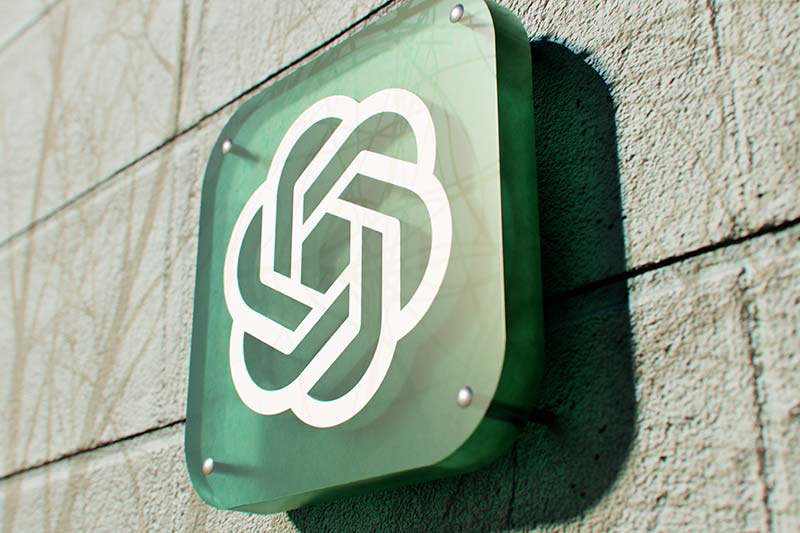Stock of the Week: This Big Dividend Payer Is Set to Double
Alpesh Patel|April 21, 2023
In times of high inflation, investors are hungry for yield.
That’s why you’re really going to like the stock I’m analyzing for you this week.
It’s a 100-year-old furniture maker, and its 6.4% yield puts it ahead of 75% of dividend-paying companies.
Plus, earnings are forecast to grow by double digits, and profits before tax are forecast to grow a huge 54%.
And the company scores a 9 out of 10 on my proprietary GVI rating system.
But that’s not all…
The stock is set up for an easy double from here because it’s greatly undervalued.
Get all the details on the stock – including the ticker – in my latest video.
Click on the image below to watch it.
Transcript
Hi, friends, and welcome to another Stock of the Week.
I’m Alpesh Patel, hedge fund manager. And I want to welcome all of you, Manward family.
So thank you… and let’s get into this week’s Stock of the Week.
It’s a company most folks probably won’t have heard of… and it’s not a tech company. Tech stocks are doing rather well. Those following my GVI Investor service will know which stocks I particularly like, which we’ve bought into and which ones are doing rather well.
The company is Steelcase (SCS). It manufactures and sells integrated furniture settings, user-centered technologies and interior architectural products.
It’s geographically diverse because it operates through AMEA (the Americas, Europe, the Middle East and Africa). It was founded over 100 years ago.
The company’s furniture portfolio includes furniture systems, seating, storage, fixed and height-adjustable desks, benches and tables.
You might think, “That’s so old-school, Alpesh.”
Well, Steelcase is a global company with approximately 11,800 employees and fiscal year 2022 revenue of $2.8 billion. It’s got a market cap, however, of just $890 million. That’s not a bad number in terms of the size and scale. It also pays a dividend – pretty important in a high inflationary environment.
So let’s have a look at some of the numbers, shall we? What attracted me to the company?
ADBOX
Well, on my Growth-Value-Income scale – which, remember, weighs the revenue growth of a company, the valuation of a company, the dividend yields of a company and the cash flow generation – this has got a rating of 9 out of a maximum of 10.
CROCI – cash return on capital invested – is a little bit low. It’s 1.8%. And if you want to know why CROCI is important and why Goldman Sachs Wealth Management uses it to pick stocks, then have a look at this link.
The price is up over the last few months. So that’s been a positive.
Sortino’s negative – in other words, there’s a bit more volatility than I’d like compared to the returns. Nevertheless, the volatility’s relatively low.
So what were some of the things which were good about it?
The CROCI, depending on which periods you measure it, the numbers you come up with could be anything from 2.2% to 1.8%, roughly. You get the idea, the ballpark figure.
For valuation, it’s got a forecast P/E ratio of 11.8. In other words, the current share price compared to the forecast profitability of the company is at a multiple of 11, which is relatively cheap.
Turnover is forecast to grow, although not substantially. But the company’s undervalued, so it isn’t too much of a problem that there isn’t turnover growth.
Profits before interest and tax are forecast to grow 16%, and pretax profits are forecast to grow 53%. So some really big numbers there.
You might say, “Wait a minute, how come profits are increasing but turnover, or sales, isn’t?”
Well, profit margins will therefore necessarily be increasing, and other things on the P&L will be coming off. For instance, there might be a whole bunch of depreciation which will have been fully amortized. That improves the margins and explains why those are forecast to grow.
And I think at a valuation of an 11.8 multiple, that suggests the company’s somewhat undervalued on that basis.
Dividend yields are strong, and forecast yields are 5.3%. So it’s a pretty good number in terms of dividends as well.
Let’s have a look at the chart.
You can see this one’s been falling off, and that’s what’s made for some of the relative cheapness of the company. It’s currently trading around the $7-to-$8 mark.
You can see in the recent past, just a couple of years ago, it was double that.
So has it got 100% return potential?
Well, on a discounted cash flow basis, it’s trading at a 46% undervaluation. That’s by discounted cash flow. Of course, it’s only one way in which to measure a company, and there’s no guarantee that it will indeed go up 100% and be fairly valued, but that’s a positive sign.
Earnings grew 784% over the past year. The company’s been trading, as I mentioned, at a significant discount nevertheless, despite all of those positive things.
Now, of course, there are some negatives, but there always are. For instance, the stock can be a little bit volatile to the downside. Projections on its returns show it could drop as much as 50% over 250 days.
So it’s certainly not low-risk.
But as you can see, the upside we’re looking at is a potential 100%, and therefore, taking a risk to the downside of say, 50%, is justified.
Anyway, hopefully this gives you something of an insight into our thinking. When my team puts forward Stock of the Week suggestions for me to analyze and look at, this’ll give you an idea of what – as a hedge fund – kinds of material go across my desk, what I look at, what captures my interest and the kind of thinking that I undertake. And hopefully that’ll improve your own way of analyzing stocks as well.
So thank you very much.



